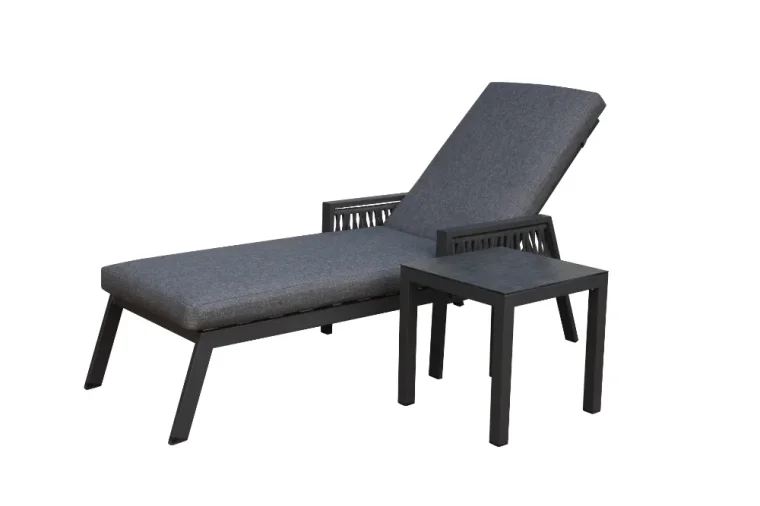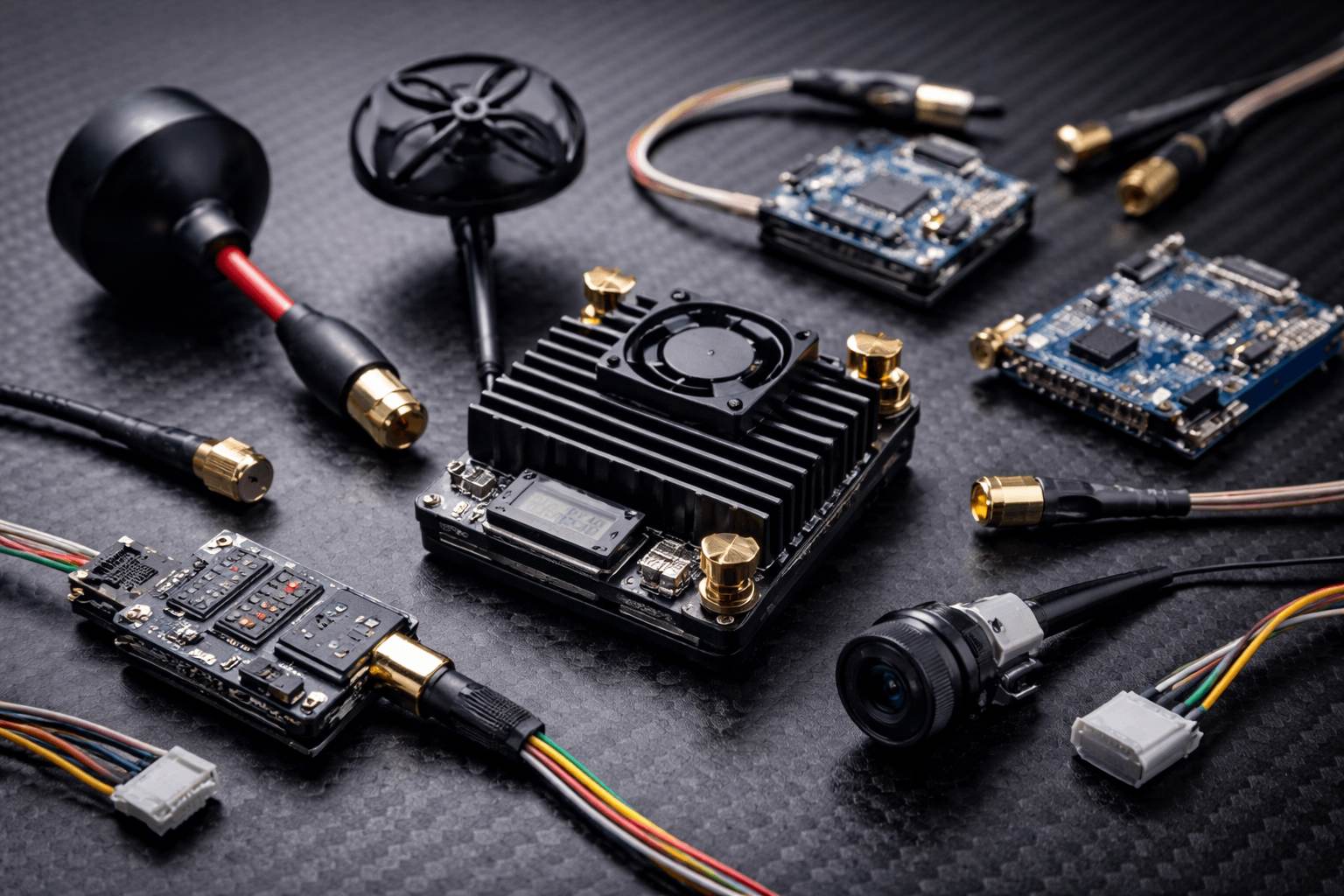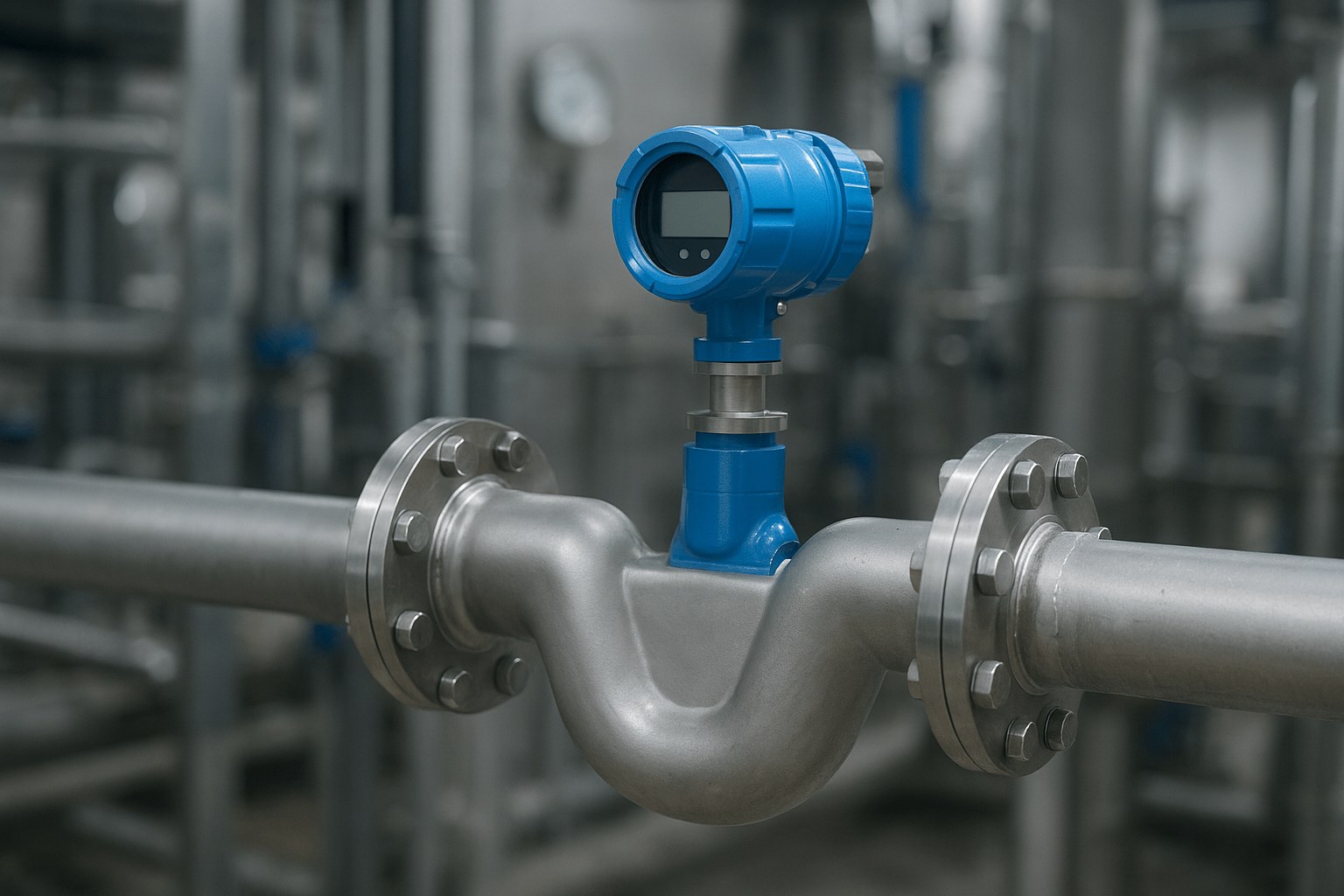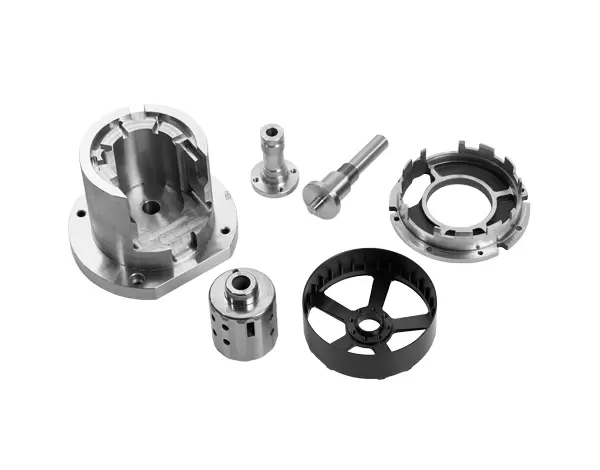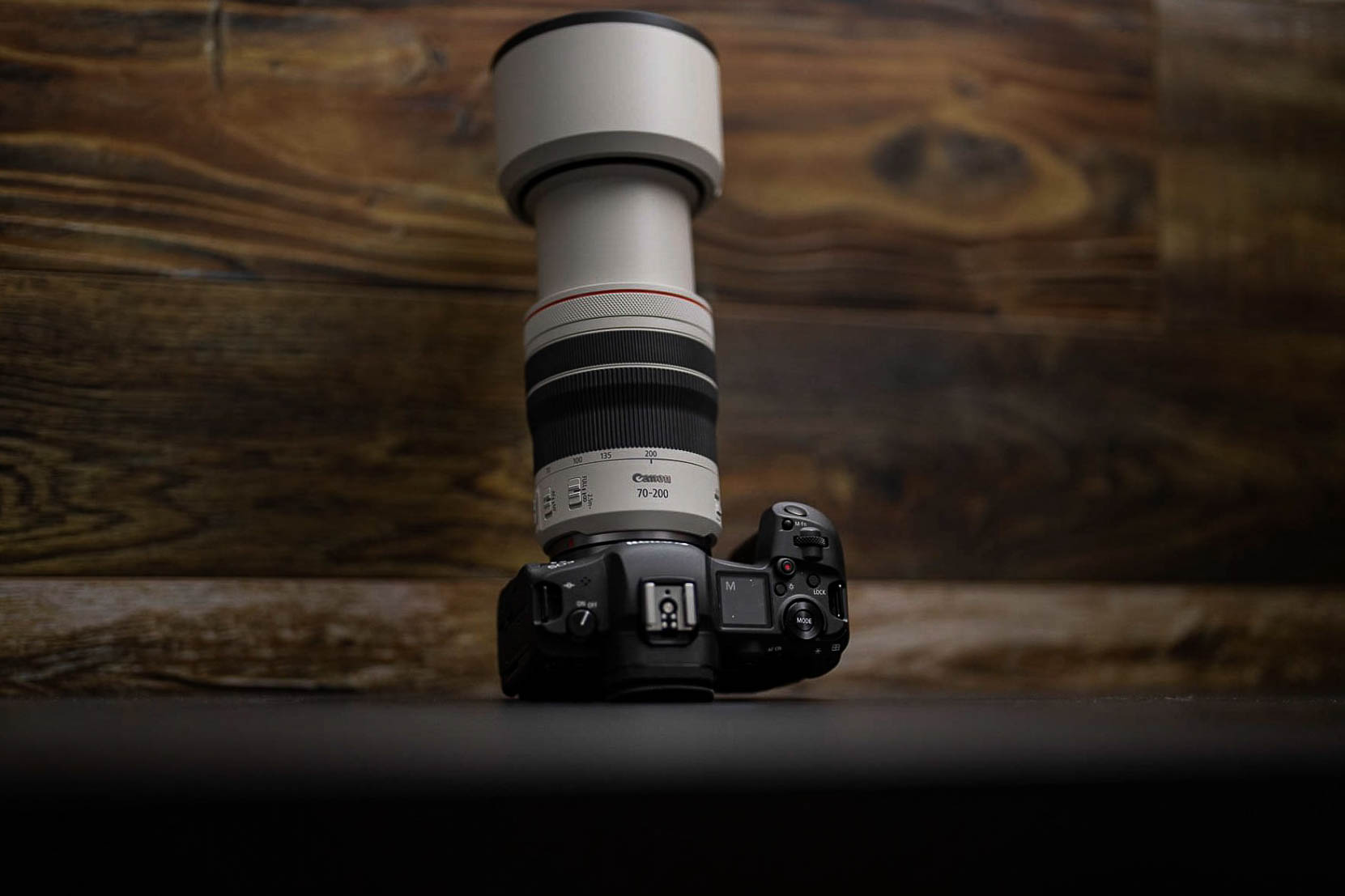
In the ever-evolving world of photography, the question of how many cameras a photographer truly needs is a topic of great debate. While some argue that a single camera is sufficient, others advocate for a diverse range of equipment to cater to different shooting scenarios. In this article, we will delve into the factors that influence a photographer's camera requirements, exploring the various types of cameras available and providing practical insights to help photographers make informed decisions.
- Understanding the Photographer's Needs:
Before determining the number of cameras a photographer needs, it is crucial to consider their specific requirements. Different genres of photography demand different tools, and a photographer's style and preferences play a significant role in this decision-making process. For instance, a landscape photographer may prioritize high-resolution sensors and wide-angle lenses, while a sports photographer might require fast burst rates and telephoto capabilities. - The Versatility of a Single Camera:
While it may seem tempting to acquire multiple cameras for different purposes, it is worth noting that modern camera systems are becoming increasingly versatile. High-end DSLRs and mirrorless cameras offer a wide range of interchangeable lenses, allowing photographers to adapt to various shooting conditions without the need for multiple camera bodies. Additionally, advancements in technology have improved the performance of single cameras, enabling them to excel in multiple genres. - Specialized Cameras for Specific Needs:
Despite the versatility of a single camera, there are instances where specialized equipment becomes indispensable. For example, professional sports photographers often rely on dedicated sports cameras with advanced autofocus systems and high-speed capabilities to capture fast-paced action. Similarly, wildlife photographers may benefit from cameras with extended battery life and rugged build quality to withstand challenging outdoor conditions. - Backup and Redundancy:
Another consideration when determining the number of cameras a photographer needs is the importance of backup and redundancy. For professionals, having a backup camera is essential to ensure uninterrupted workflow and minimize the risk of equipment failure during critical assignments. Additionally, having a secondary camera with different specifications can provide creative options and serve as a contingency plan in case of technical issues. - Balancing Budget and Requirements:
While it may be tempting to acquire the latest and greatest cameras, it is crucial to strike a balance between budget and requirements. Investing in multiple high-end cameras can be financially burdensome, especially for beginners or enthusiasts. Prioritizing lenses, accessories, and other essential equipment may be a more practical approach, as they can significantly impact the quality and versatility of the images captured.
Conclusion:
In conclusion, the number of cameras a photographer needs depends on various factors, including their specific requirements, shooting style, and budget. While a single camera can often suffice, specialized cameras may be necessary for certain genres or professional applications. Ultimately, photographers should carefully evaluate their needs, consider the versatility of modern camera systems, and strike a balance between budget and requirements to make informed decisions about their equipment.
